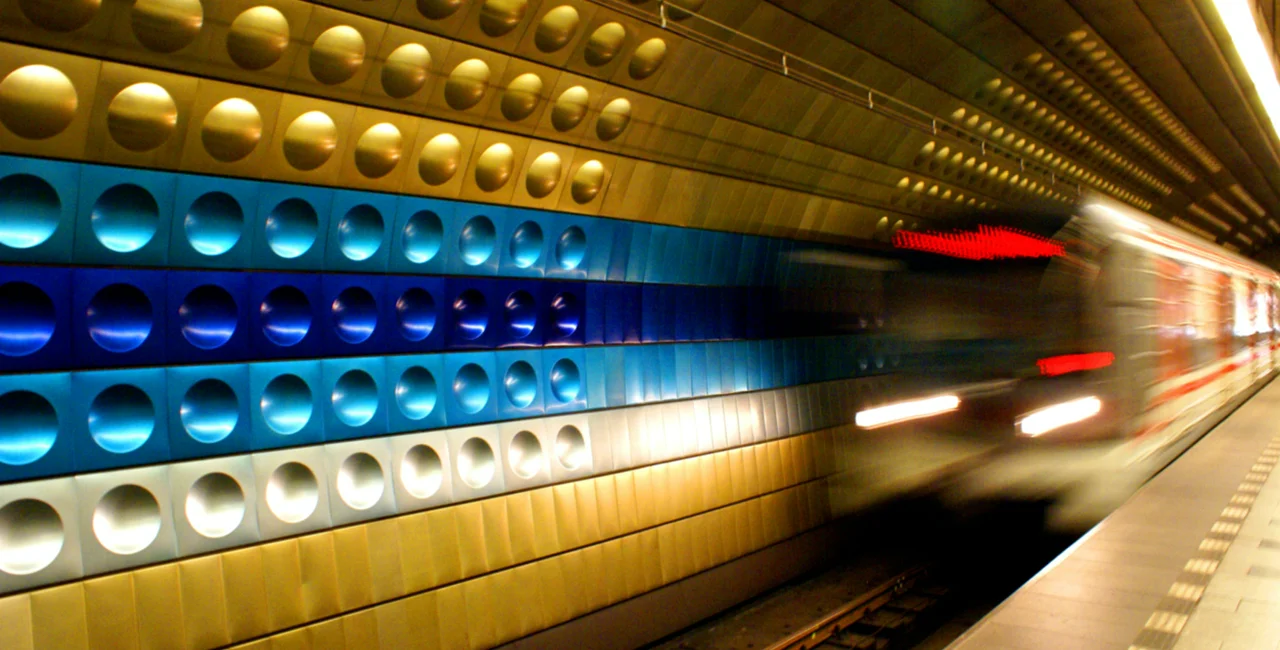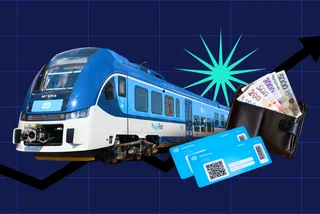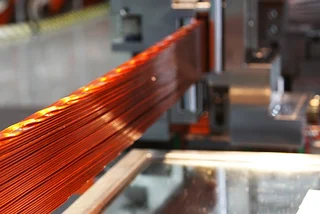Prague is looking to better integrate the future development of the metro system with train lines, and this will make it easier to develop new residential areas. In the past trains and trams were competitors, but in the future they will been to complement each other.
The last long-term look at metro development was at the start of the 21st century, and is already out of date as it does not take into account changes in where people live and how they commute.
The City Council and
the Prague Institute of Planning and Development (IPR) are preparing
a long-term strategy for the Prague metro network, based on a
proposal by Deputy Mayor Adam Scheinherr (Praha sobě),
repsonsible for transport, and
Deputy Mayor Petr Hlaváček (United
Force for Prague),
responsible for territorial
development.
The proposal maps
out possibilities for covering Prague’s area by additional metro
lines, following the changes made by the new Metropolitan Plan, tram
track development strategy and a current study commissioned by the
Railway Infrastructure Administration (SŽDC) on the feasibility of
the rebuilding Prague’s railway junctions.
The city’s new approaches to urban density and expansion mean that rail transit must also be re-assessed, and a new concept made using up-to-date economic and demographic data. City Hall said it wants to develop the strategic concept based on efficiency, and without political or subjective pressure.
“The last
comprehensive study for the development of public transport is from
2001. Of course, Prague has changed since then, thanks to the
proposed Metropolitan Plan we know where it will continue to develop,
and it is time to map how the growing city will be best covered by
transport links,” Deputy Mayor Scheinherr said.
“We have a
strategy for developing the tram network and the railway in Prague.
In synergy with SŽDC’s commissioned study on the development of
railway lines, the IPR will also prepare a strategy for developing
the metro network,” he added.
Deputy Mayor
Hlaváček said that the city’s development is based on
infrastructure, and Prague’s metro is a key component. “It is no
longer possible to separate the preparation of transport structures
from other levels of the city. With a good long-term strategy for
developing the metro network, we can better develop other areas
suitable for housing and job placement,” Hlaváček said.
IPR Director Ondřej
Boháč stressed the importance of the new conceptual document being
created with the close cooperation of the two deputy mayors and with
contributions from IPR and other professional institutions.
“I would like to
emphasize the conceptual and visionary approach, which will
undoubtedly create new metro lines or new connections that must
synergistically reflect the metropolis’s development and the growing
demand for mobility for the 21st century. For IPR, it is a tradition
and a great honor to be at the management of such a study,” he
said.
The starting point
for the study is the recently approved Sustainable Mobility Plan,
which in addition to the existing routes also foresees a new metro
line D in the Depo Písnice to Náměstí Míru section. The strategy
will be developed following the anticipated development of the city
and the metropolitan area, as seen in the Sustainable Mobility Plan,
the draft of the new Metropolitan Plan and other key documents such
as the Strategic Plan.
According to
Scheinherr, the subway is used by drivers who would otherwise drive.
The metro can transport large numbers of people over long distances,
and unlike trams that are have one-quarter of the capacity, the metro
is the artery of the entire city.
Urban railways play
a similar function in many European countries. However, it is
important to emphasize that, unlike the 1980s, when the metro
replaced trams, it is now clear that every vehicle has its
passengers. That is why the study certainly does not mean that some
proposed tram connections will no longer be important.
“In Prague, it
will be important for us to connect with the railway, whose
development plan is currently being prepared by SŽDC. Historically,
the railways and the metro in Prague were unnecessarily competing
because they railway used to transport coal, not passengers. For this
reason, the metro line B copies the railway tracks, where a
comfortable city line runs today. In the new metro and urban rail
synergy strategy for Praguers, we will prepare fast and quality
connections across the city to complement each other,” Scheinherr
said.












 Reading time: 3 minutes
Reading time: 3 minutes 





















